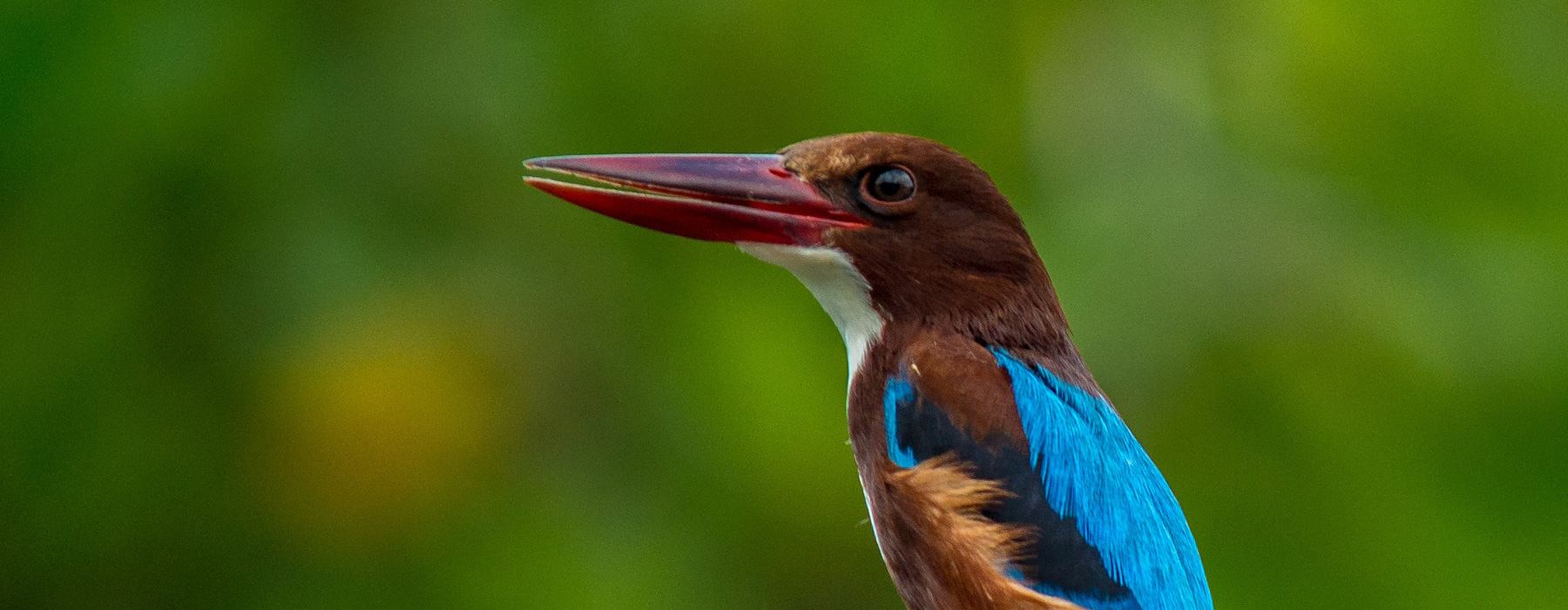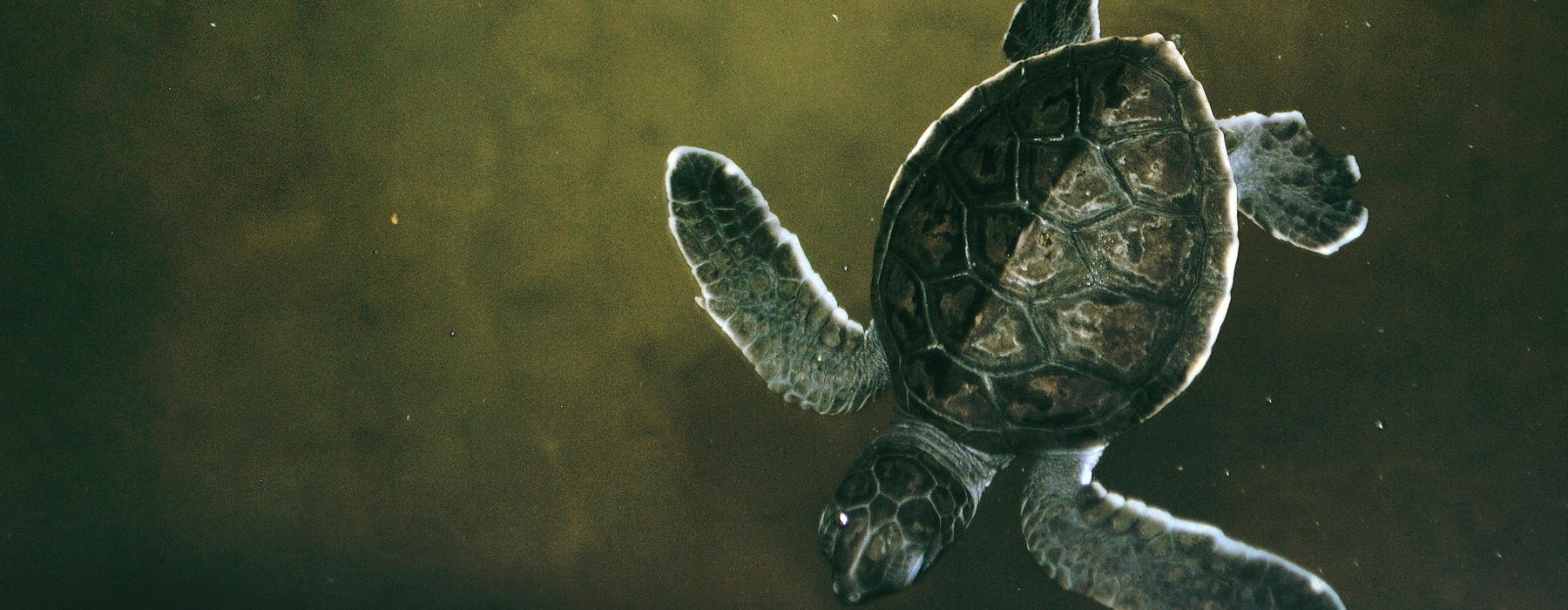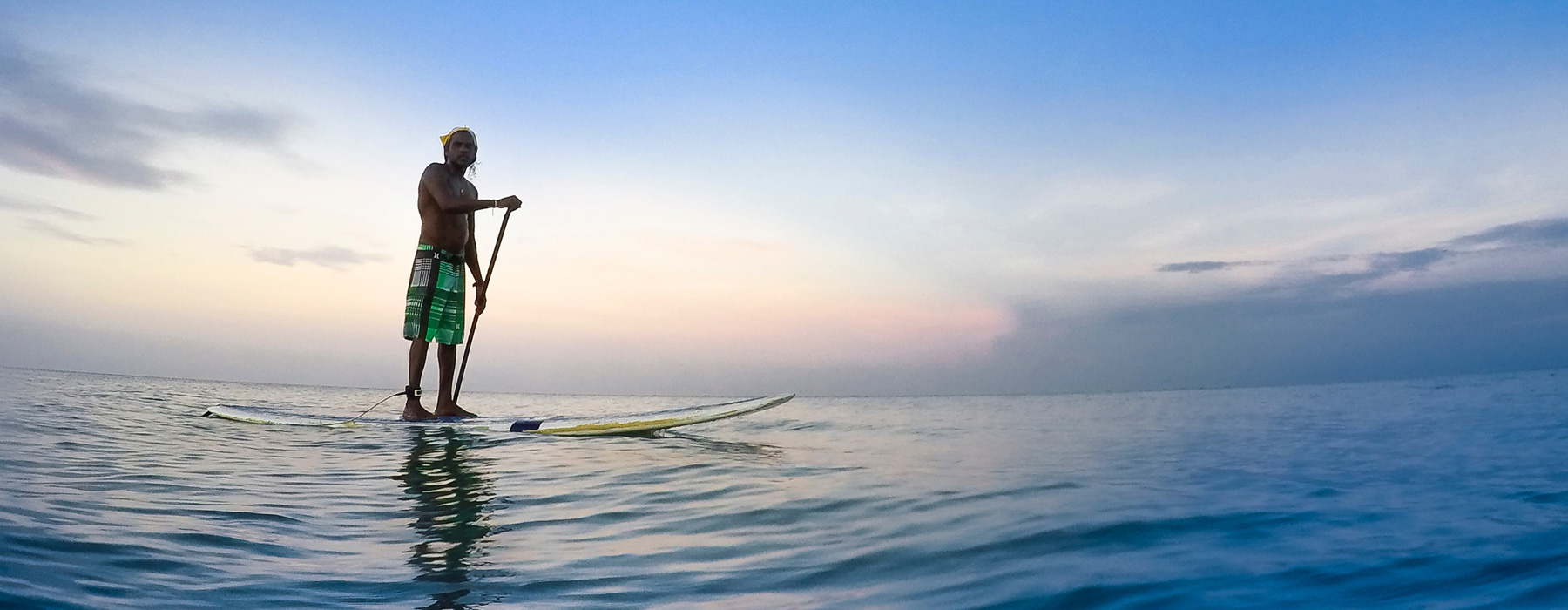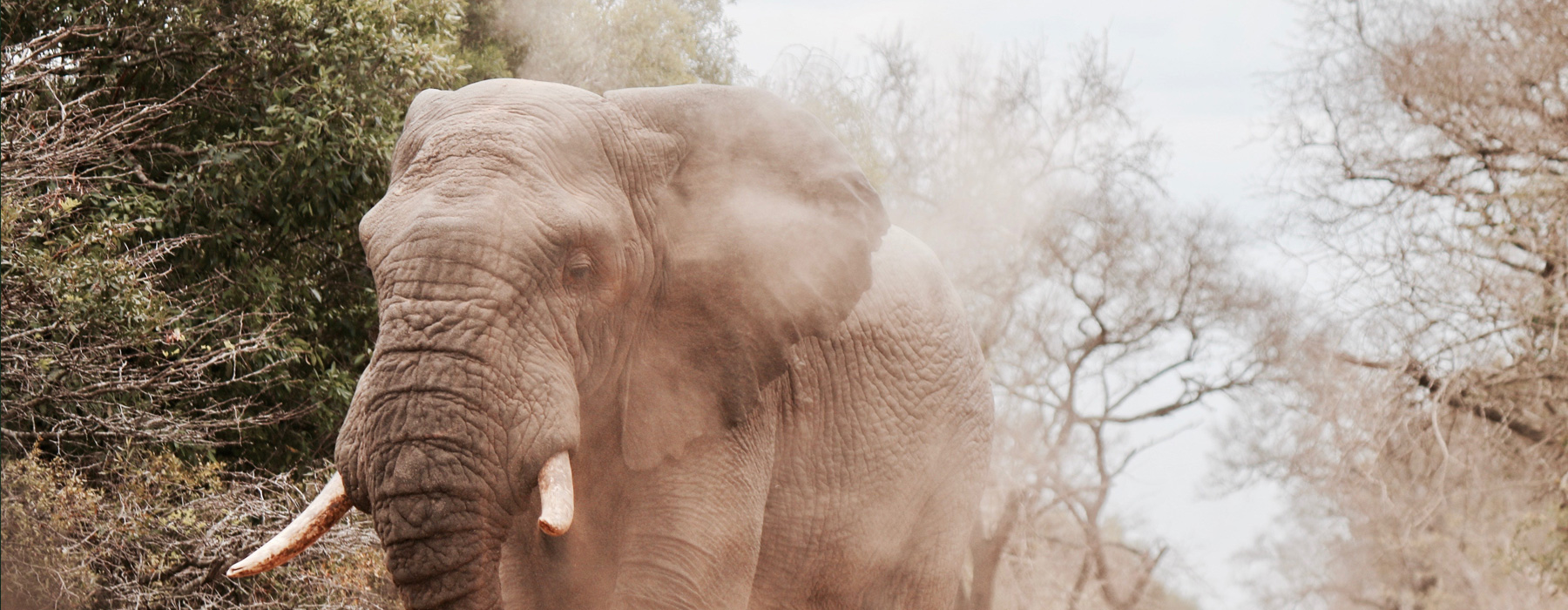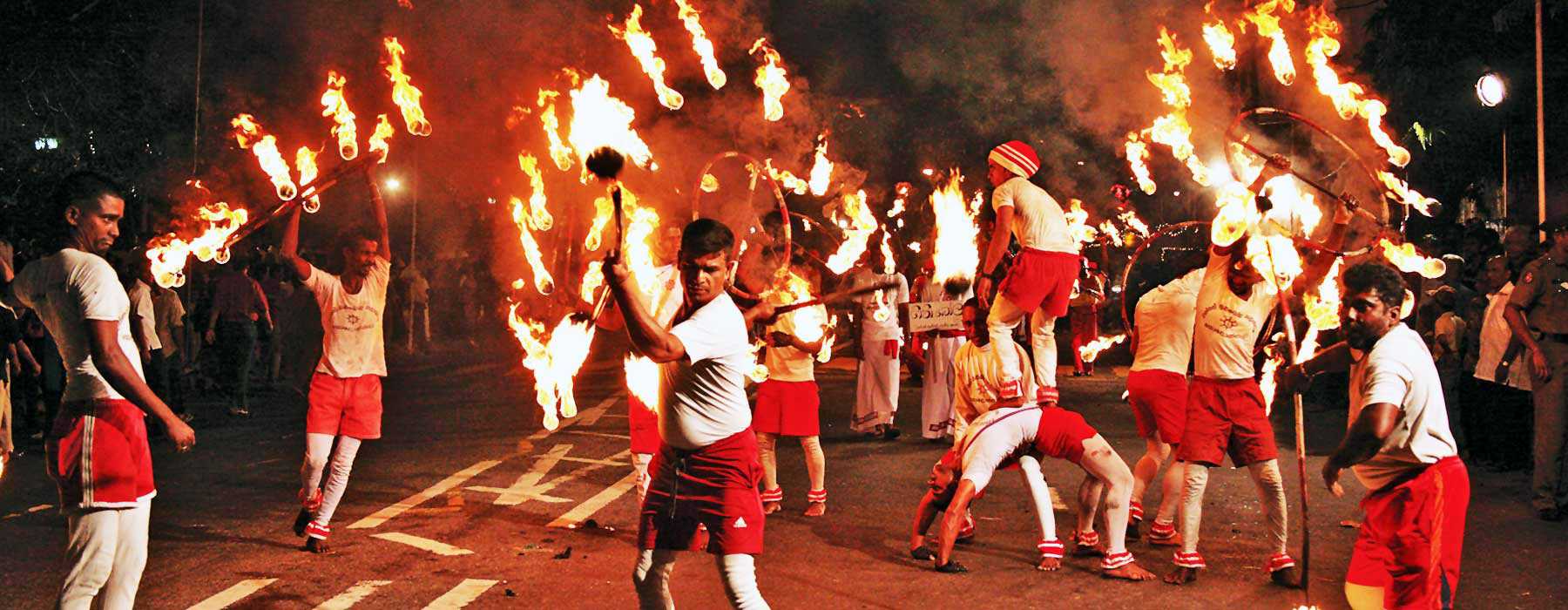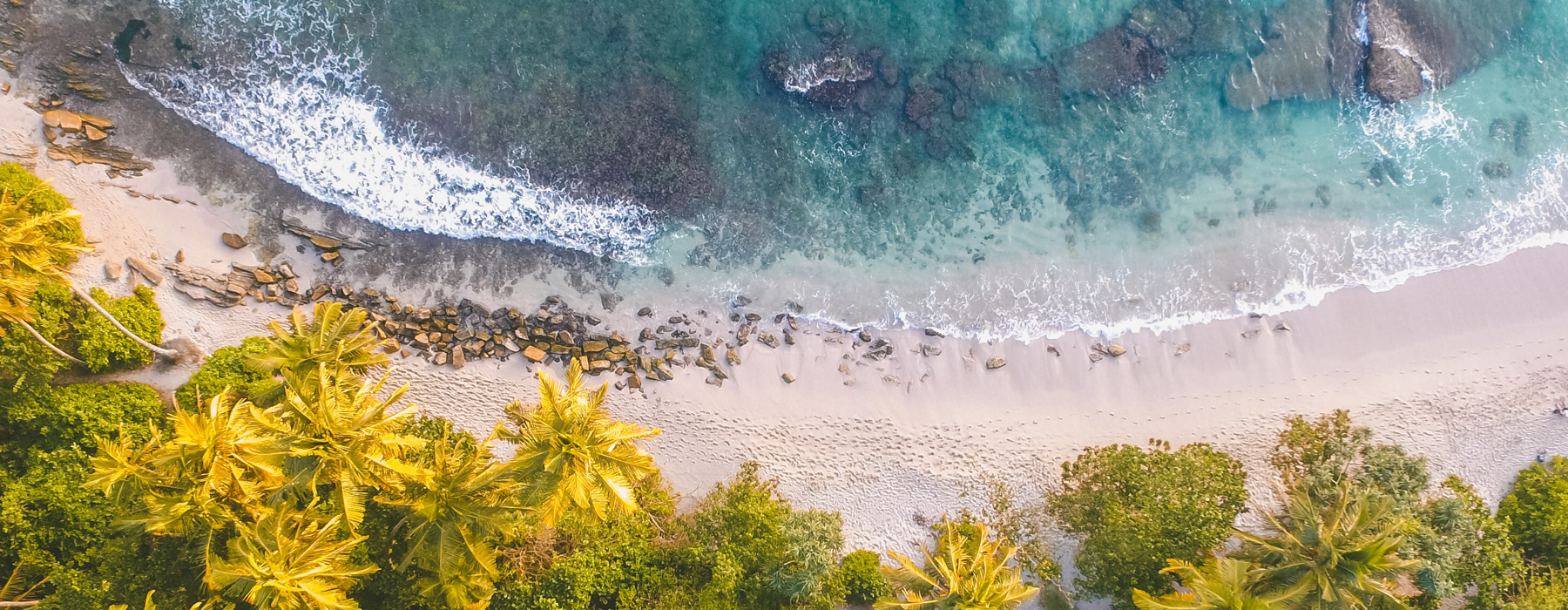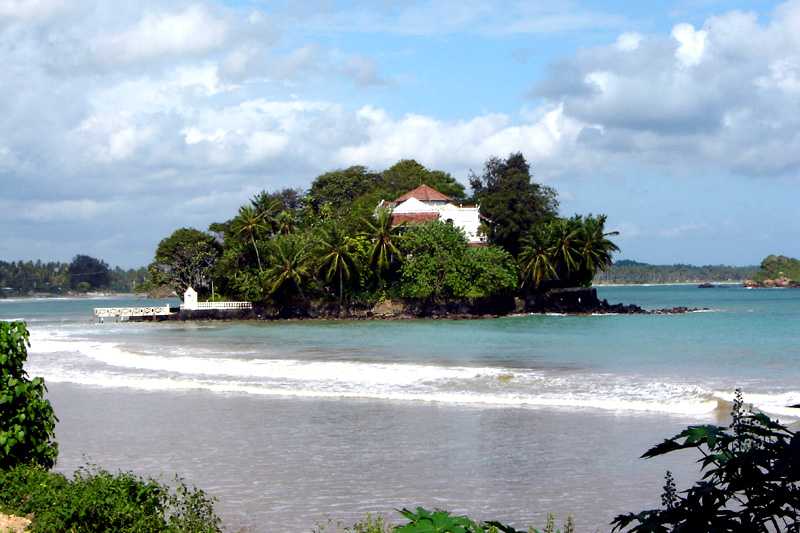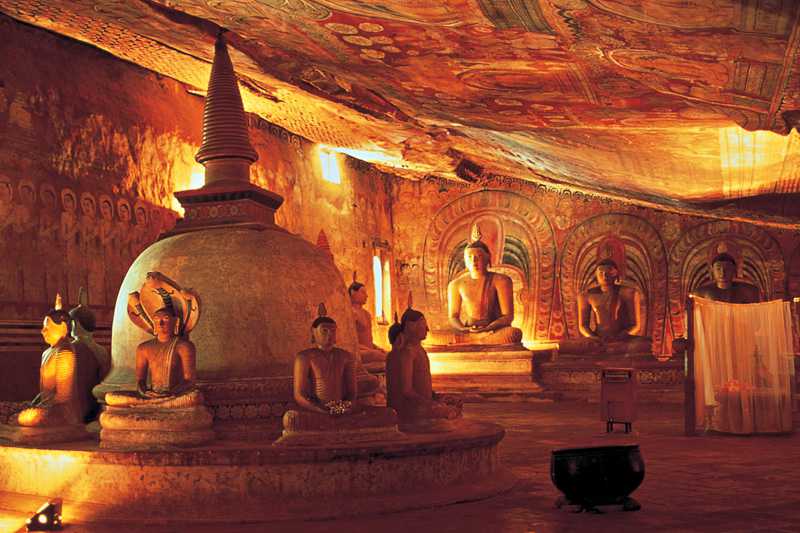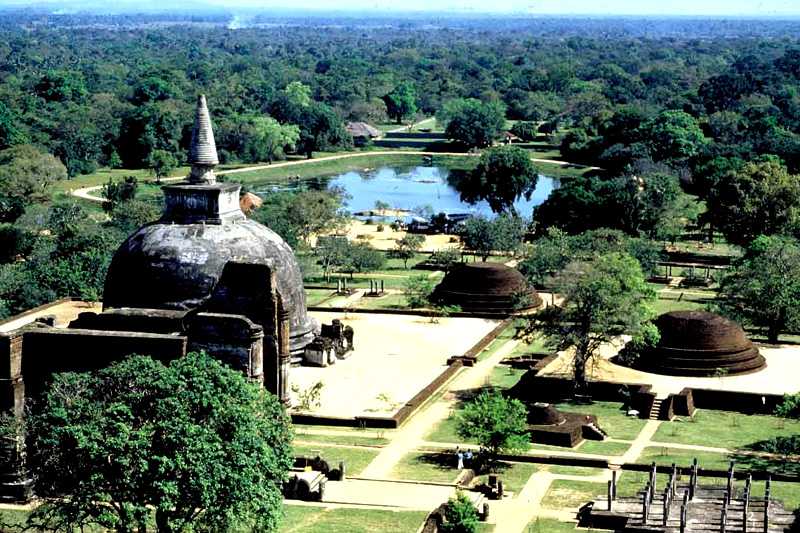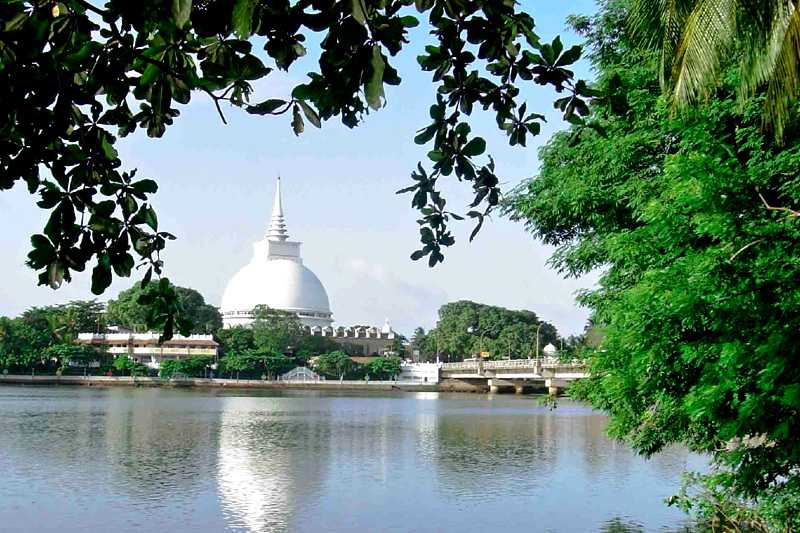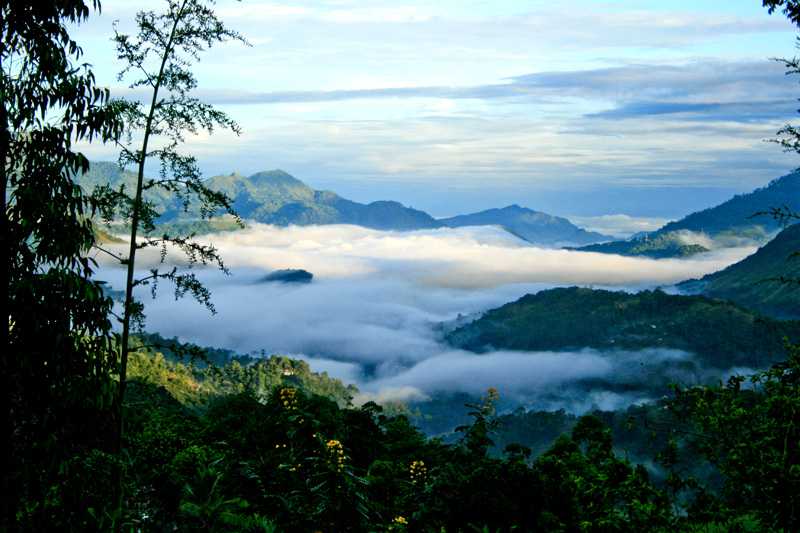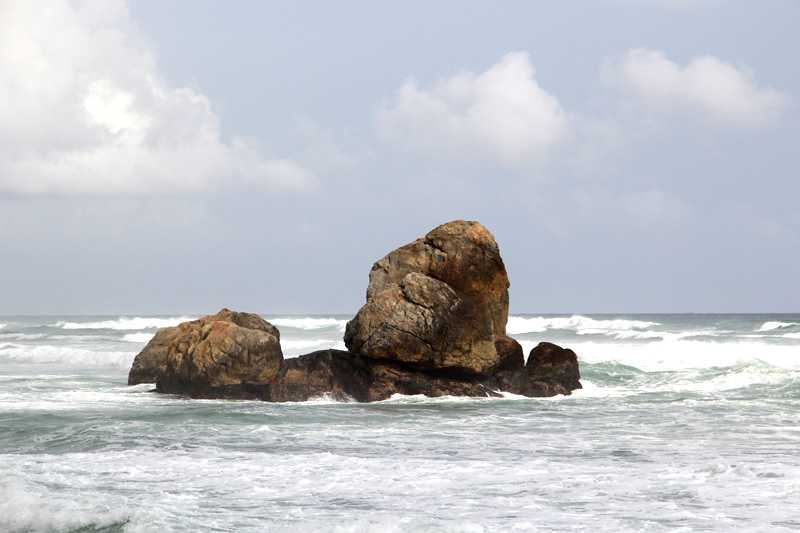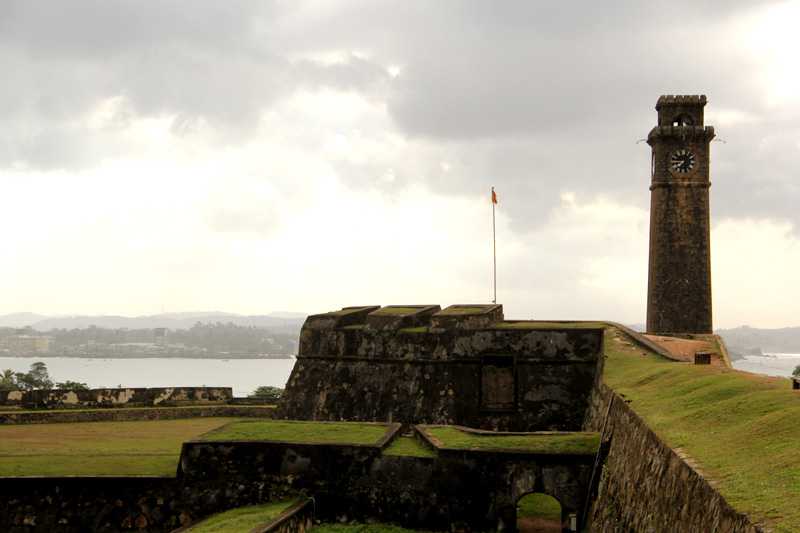Colombo City
Colombo stands as Sri Lanka's commercial capital and the largest city with a population of nearly five million. It was the legislative capital of Sri Lanka until 1982. Located on the western coast of the island, Colombo is one of the best destinations in Sri Lanka with scores of attractions in the metropolis and suburban areas.
As an administrative district, Colombo remains as the smallest yet the most densely populated district of Sri Lanka. It is a busy and vibrant place with a mixture of modern life and colonial buildings and ruins. Due to its large harbour and its strategic position along the East-West sea trade routes, Colombo was known to ancient traders 2,000 years ago. It was made the capital of the island when Sri Lanka was ceded to the British Empire in 1815, and its status as capital was retained when the nation became independent in 1948. In 1978, when administrative functions were moved to Sri Jayawardenepura Kotte, Colombo was designated as the commercial capital of Sri Lanka. Like many cities, Colombo's urban area extends well beyond the boundaries of a single local authority, encompassing other municipal and urban councils such as Sri Jayawardenepura Kotte Municipal Council, Dehiwala Mount Lavinia Municipal Council, Kolonnawa Urban Council and Kotikawatte Mulleriyawa Pradeshiya Sabha. The main city is home to a majority of Sri Lanka's corporate offices, restaurants and entertainment venues.
When it comes to climate, Colombo features a tropical monsoon climate falling just short of a tropical rainforest climate. Colombo's climate is fairly temperate all throughout the year. From March to April the temperature averages around 31 degrees Celsius (88 degrees Fahrenheit) maximum. The only major change in the Colombo weather occurs during the monsoon seasons from May to August and October to January. This is the time of year where heavy rains can be expected. Colombo sees little relative diurnal range of temperature, although this is more marked in the drier winter months, where minimum temperatures average 22 degrees Celsius (72 degrees Fahrenheit). Rainfall in the city averages around 2,400 millimetres (94 in) a year.
Colombo boasts a lot of attractions such as the Galle Face Green, the Viharamahadevi Park, Mount Lavinia beach as well as the National Museum.
The Galle Face Green
The Galle Face Green is a ribbon of green space located in the heart of the city along the Indian Ocean coast, and is a popular destination for tourists and residents alike. The Galle Face Hotel is a historic landmark on the southern edge of this promenade.
Gangaramaya Temple
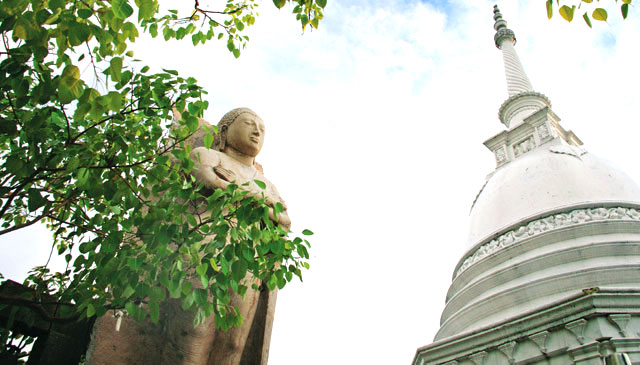
is one of the most important temples in Colombo. The temple's architecture demonstrates an eclectic mix of Sri Lankan, Thai, Indian, and Chinese architecture.
Viharamahadevi Park
Viharamahadevi Park (formerly Victoria Park) is an urban park located next to the National Museum of Colombo and the Town Hall. It is the oldest and largest park in Colombo and features a large Buddha statue, a children's park, etc.
Beira Lake
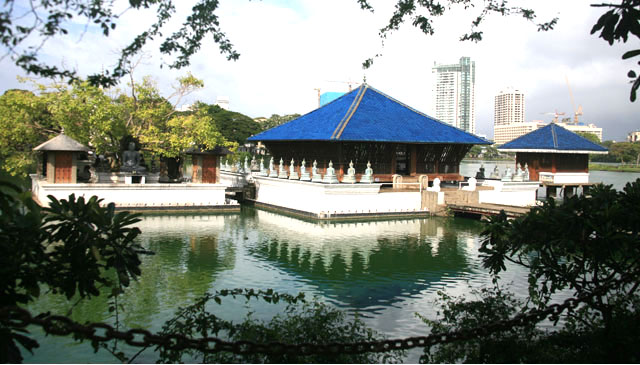
Beira Lake is one of the most distinctive landmarks of Colombo, and was used for centuries by colonists to defend the city. It remains a popular attraction, hosting regattas, and theatrical events on its shores. The Northern and North-Eastern border of the city of Colombo is formed by the Kelani River, which meets the sea in a part of the city known as the Modera which means river delta.
As part of the Urban Regeneration Program of the Government of Sri Lanka, many old sites and buildings were revamped to modern public recreational spaces and shopping precincts. These include Independence Memorial Hall Square, Pettah Floating Market and Old Dutch Hospital among others.

